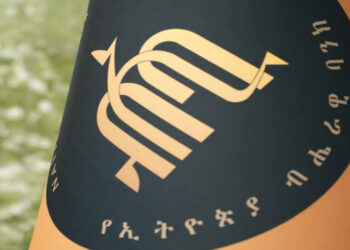The Monetary Policy Committee (MPC) of the National Bank of Ethiopia (NBE) held its third meeting on June 23, 2017, to review the country’s economic outlook and set monetary policy directions. The Committee, responsible for ensuring price stability and guiding Ethiopia’s financial system, analyzed recent trends in inflation, economic growth, financial markets, fiscal policy, and international developments.
Inflation Eases but Still High
The Committee noted that Ethiopia’s annual inflation rate has fallen to 14.4% by May 2017, down from much higher levels last year. Food prices, which had surged dramatically, are now growing at a slower rate of 12.1%, compared to 25.6% the previous year. Non-food inflation has also started to stabilize after some pressure caused by currency fluctuations earlier in the fiscal year. While monthly inflation growth has slowed, the Committee emphasized the need to reduce inflation further to ease the burden on citizens and pledged to keep monetary policy tight to achieve this.
Economic Growth Remains Strong
Despite inflation concerns, Ethiopia’s economy is growing steadily. The National Bank’s economic activity index shows positive developments in agriculture, industry, exports (especially coffee and gold), transportation, and tourism. These sectors are contributing to the country’s overall economic expansion.
Financial Sector Developments
The money supply and bank credit have expanded in recent months, reflecting a somewhat relaxed monetary stance and growth in fiscal and external sectors. Broad money supply is expected to grow by 23.3%, with bank credit increasing by 18.1% by June 2017. The National Bank continues to control credit growth by maintaining caps and using monetary tools to ensure stability. Interest rates on short-term borrowing remain above inflation-adjusted levels, indicating healthy financial market conditions. Interbank lending has increased significantly, reaching Birr 740 billion by May.
Banking Sector Stability
The Committee confirmed that Ethiopia’s banking sector remains sound, with low levels of bad loans and adequate capital. However, some banks are facing liquidity shortages, which are being managed through the interbank market and central bank support.
Fiscal and External Sector Outlook
Fiscal policy has been prudent and supportive of tight monetary policy, preventing direct financing of budget deficits by the National Bank. Following reforms implemented in 2016, the external sector has improved markedly, with higher exports, remittances, and a positive balance of payments that increased the country’s foreign exchange reserves.
Global Economic Context
The Committee reviewed global forecasts, noting slower economic growth expected worldwide and generally subdued inflation. However, geopolitical tensions and trade disruptions pose risks that could affect inflation and economic stability.
Monetary Policy Decisions
To maintain control over inflation and support economic stability, the Committee recommended:
- Keeping the National Bank Rate steady at 15%, with no changes to interest rates on the standing deposit and lending facilities.
- Maintaining the 18% annual ceiling on bank credit growth until the next policy review in September 2018.
- Removing the mandatory directive requiring banks to buy long-term Treasury Bonds, given improved government revenue and borrowing capacity.
- Continuing to use market-based monetary tools such as interest rate adjustments, open market operations, foreign exchange interventions, and reserve requirements to keep inflation on target.
The Committee plans to meet again in late September 2018 or earlier if necessary.





















